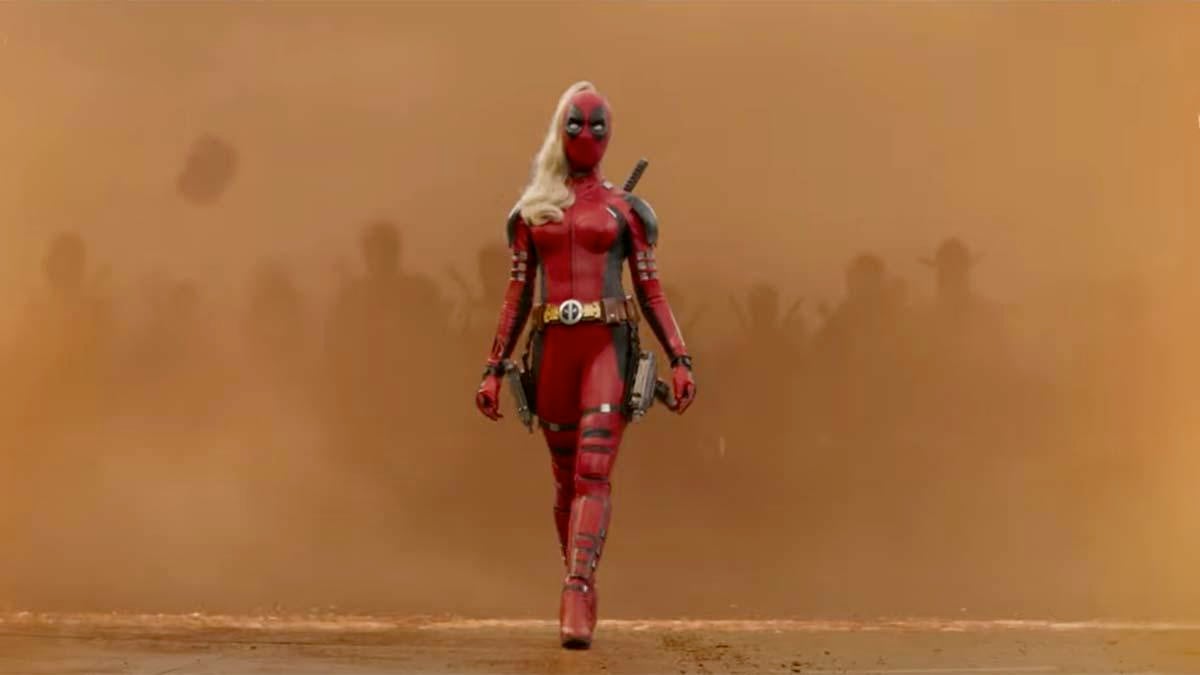Perseid Meteor Shower Peaks Wednesday Night, Here's How to Watch
This week is when the Perseids are most active, providing stargazers with the best meteor shower [...]
This week is when the Perseids are most active, providing stargazers with the best meteor shower of the year should the conditions be just right. This year, the Perseid meteor shower is expected to peak between August 11th (Wednesday) and August 13th (Friday), with premium viewing hours being between midnight and dawn on Thursday morning, August 12th.
As with most stargazing opportunites, you'll want to find a spot without little to no light pollution so you have a clear look at the night sky. Naturally, you'll have to factor weather and cloud cover into this as well. No special equipment is needed other than the naked human eye, so pack up some blankets, head out to the country, and catch yourself one heck of a meteor shower.
Data obtained by NASA says some people may see upwards of 50 meteors per hour at the peak of the event, but everyone across the United States should be able to see at least some. Between 3:30am and 4:30am local time on both Wednesday and Thursday, those in New England can expect to see nearly 50 meteors per hour, and the numer decreases as you go west.
Around Chicagoland, stargazers can plan on seeing around 40 to 45 while those numbers go throughout the rest of the Midwest. On the west coast, those interested will be able to see around 35-40 meteors per hour on average during peak Perseids season.
"The Perseids are fragments of the comet Swift-Tuttle, which orbits between the Sun and beyond the orbit of Pluto once every 133 years," NASA says of the meteors. "Every year, the Earth passes near the path of the comet, and the debris left behind by Swift-Tuttle shows up as meteors in our sky. (Don't worry, there's no chance that we'll run into the actual comet anytime soon.)"
For those unable to head out into the country, there are plenty of livestreams that go live every night, including one straight from NASA's Marshall Space Flight Center and the Meteoroid Environment Office.
Cover photo by Zhang Gang/VCG via Getty Images




